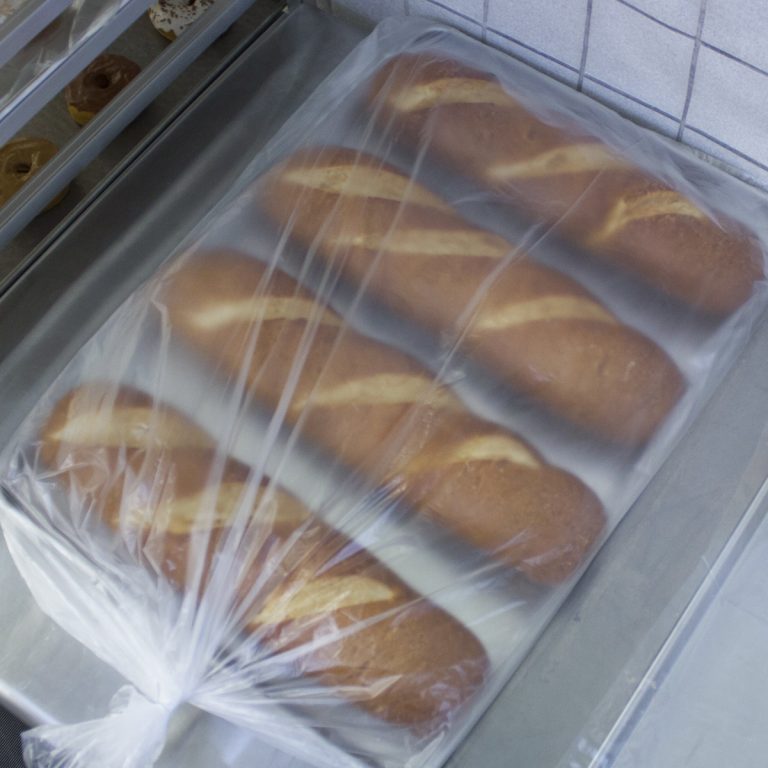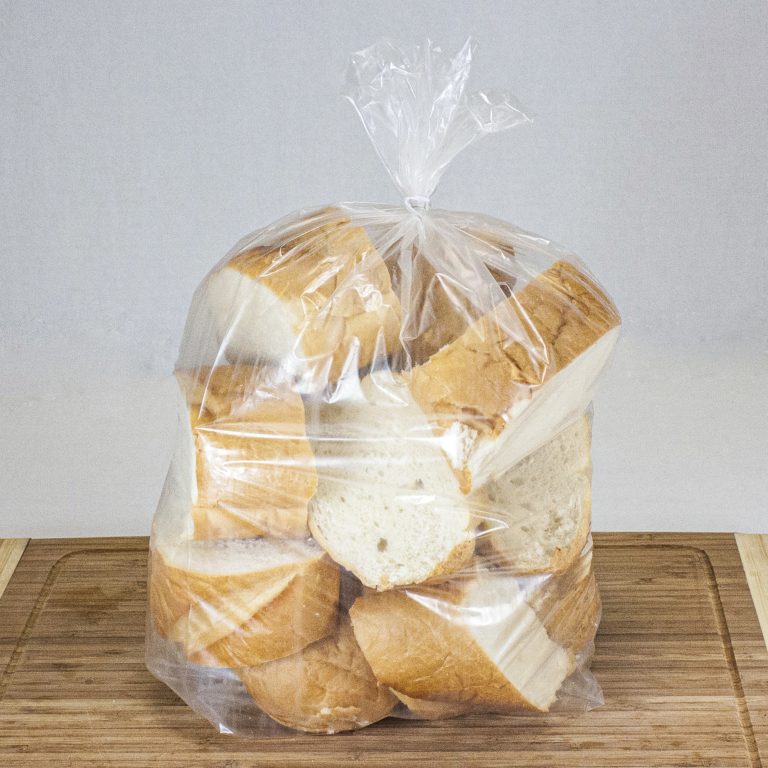Tip: Start typing in the input box for immediate search results.
-
Food Safety
-
Tools and Resources
-
Product Tips
-
Product Features & Benefits
-
Product Information
- Differences Between High and Low Density Bags
- Type of Disposable Glove Substrates
- What is the difference of an Ovenable Pan Liner and a Steam Pan Liner
- Cook Chill Bag
- Difference between High and Low Density Reclosable Bags
- Choosing the right option for Foodservice Apparel
- Differences between Bamboo, Wood and Plastic Expendables
-
Product Downloads
Differences Between High and Low Density Bags
High-Density
High-density bags, also known as HDPE (high-density polyethylene) bags, are durable and sturdy plastic bags designed for a wide range of applications. They are made from a type of polyethylene that is denser and stronger than low-density polyethylene, providing excellent tear resistance and puncture strength. High-density bags are commonly used in retail, grocery, and industrial settings for packaging goods, and storing items. Their robust construction makes them ideal for handling heavy or more portions with lower risk of tearing.
Low-Density
Low-density bags, also known as LDPE (low-density polyethylene) bags, are versatile and flexible plastic bags widely used for packaging and storage. Unlike high-density bags, LDPE bags are made from a type of polyethylene with a lower density, resulting in a softer and more pliable material. This characteristic makes LDPE bags ideal for containing irregularly shaped or bulky items as they can easily stretch to accommodate various shapes and sizes. Additionally, LDPE bags offer good resistance to punctures and tears, making them suitable for transporting lightweight to moderately heavy items. Overall, LDPE bags are a convenient and reliable packaging solution valued for their flexibility and strength.

